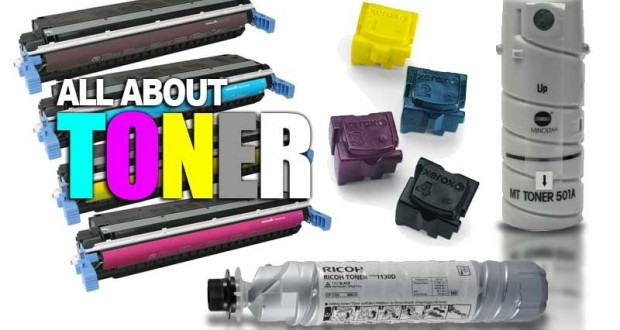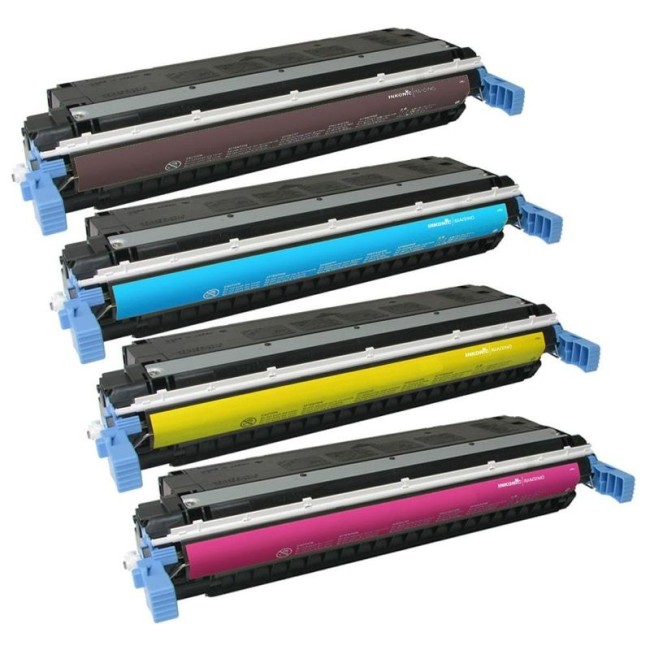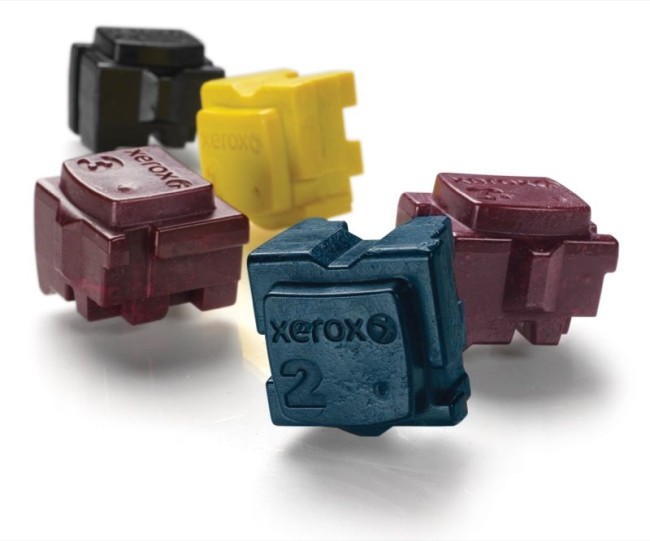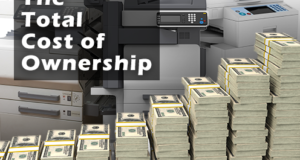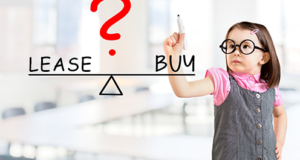Nearly everyone understands at least the fundamentals about the types of toner cartridges. These can be in the form of containers or mechanical delivery systems which dispense toner—one of the chief consumables (besides paper) of a laser printer or copier. The toner cartridge typically contains a fine, dry powder that is actually made up of a combination of plastic, carbon, and coloring additives. After the toner is transferred from the cartridge to the paper via an electrostatically charged drum unit, it gets heated by rollers. This permanently fuses the toner to the paper and forms a print which doesn’t run or smudge like ink. Check out our article titled “The History of Multifunction Printers” if you would like to learn more about how the photocopier was invented.
Types of Toner Cartridges
Technology has not slowed down in the area of toner cartridges. In fact, we’ve been blown away by advancements in this area—from solid toner to super-high capacity bottles which allow your printer or copier to run for 30,000 pages or more before requiring a swap. And all of this makes a lot of sense as busy offices can’t really afford the constant downtime that would be experienced if toner yields were not allowed to exceed consumer products levels. For factors on toner vary considerably. Some systems integrate the drum right into the cartridge, though it’s often bets (and more common) to have those separate since yield cycles rarely match up perfectly between the two. Our favorite systems are those like Ricoh’s “bottle” toner system which allow you to replace the consumable simply by pulling out the old toner supply bottle and replacing it with a new one. Yields on those are frequently upwards of 10,000 pages and often closer to 30,000. When your’e spending five figures on a copier or MFP, those kinds of conveniences begin to make a lot of sense to both the business owner/office manager and the service company or dealer they work with. Indeed, demand has almost made these types of systems ubiquitous on larger and faster machines.
- Bottle-style Toner Cartridges These types of toner cartridges actually look like an opaque water bottle that gets inserted into the machine in order to feed toner to the roller and drum units. With these systems, it’s easy to get high yields—even as many as 30,000 pages or more on some larger models. They typically slide in and out just like a toner cartridge, with a mechanism that secures them in place so as to ensure a good seal and transmission of the contents. With this style of cartridge, the toner roller is a separate device that may require its own maintenance and replacement over time, but you end up paying less for the toner since there isn’t much to it beyond the consumable material itself. Larger and faster (ppm) models typically include this style of toner cartridge and your cost per click (in toner) is greatly reduced.
- Traditional Toner Case Cartridges These types of toner cartridges are the plastic case mechanisms that include, among other things, a toner roller as part of the system. These cartridges can slide into the printer or MFP from the front or side, but they also have some locking mechanism that will secure them in place for use and alignment. Traditional toner cartridges can be pricey as they incorporate a lot of parts, gears, and other moving components.
- Solid Ink Systems Copiers and multifunction printers that use solid ink actually melt solid blocks of ink so that they can be sprayed onto the paper in liquified form. Solid Ink is fascinating because it’s a non-toxic, resin-based polymer that looks and feels much like a crayon. Solid ink sticks can be square blocks or thinner and rectangular and are numbered and differentiated by shape so that they are always loaded into the proper position. (You don’t want your colors inverted!) Multiple solid ink blocks can typically be loaded at once so that you can have continuous printing with no downtime. Solid ink is marketed as a third alternative to either laser or inkjet technologies. That’s because it truly is a hybrid technology of its own. One clear advantage of solid ink is that it uses a print head and less moving parts than a typical laser printer, making it one of the most simple-to-use and efficient systems on the market. On top of that, there is no cartridge or bulky packaging to recycle or waste—so it’s better for the environment in at least that one respect.
Replacement Options for Various Types of Toner Cartridges
While you can certainly shop online for replacements on all types of toner cartridges, it’s also possible that your dealer or service provider will have written that into your service contract on a “per-click” rate. Still, it’s good to know that you can either buy direct OEM replacements, purchase remanufactured products online, or refill your own. One caution about refills, however: These machines are expensive, so opting to save a few dollars at the expense of ruining the internal components of a multi-thousands dollar MFP or printer isn’t something to take lightly. Our best recommendation is to stick with OEM products or include toner in your monthly service contract.
Survey of Toner Costs
When it comes to toner, higher yields and a bottle-style form factor is definitely better. Here is a brief sampling of various toner cartridges and their respective pricing and yields:
- Canon ImageRunner 2530 (yield 14,600) – $50 ($0.0034/page)
- Konica Minolta bizhub 215 (yield 12,000) – $45 ($0.0038/page)
- Ricoh Aficio MP 201 (yield 7,000) – $44 ($0.0063/page)
- Xerox WorkCentre 3210 (yield 4,100) – $128 (0.0312/page)
- Kyocera ECOSYS FS-3140MFP (yield 15,000) – $88 ($0.0050/page)
As you can see, the larger, more high-yield office machines might cost more initially, but their toner costs over time can really make up for it in the cost per click. Keep this in mind when you shop for a copier or MFP for your office.
 CopierGuide Copier and Multifunction Printer Leases and Reviews
CopierGuide Copier and Multifunction Printer Leases and Reviews

